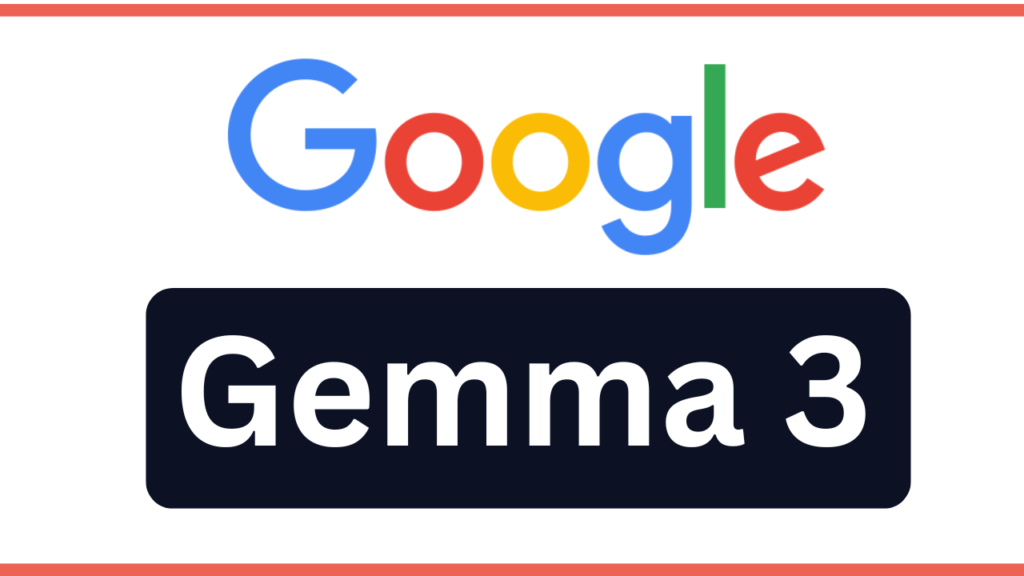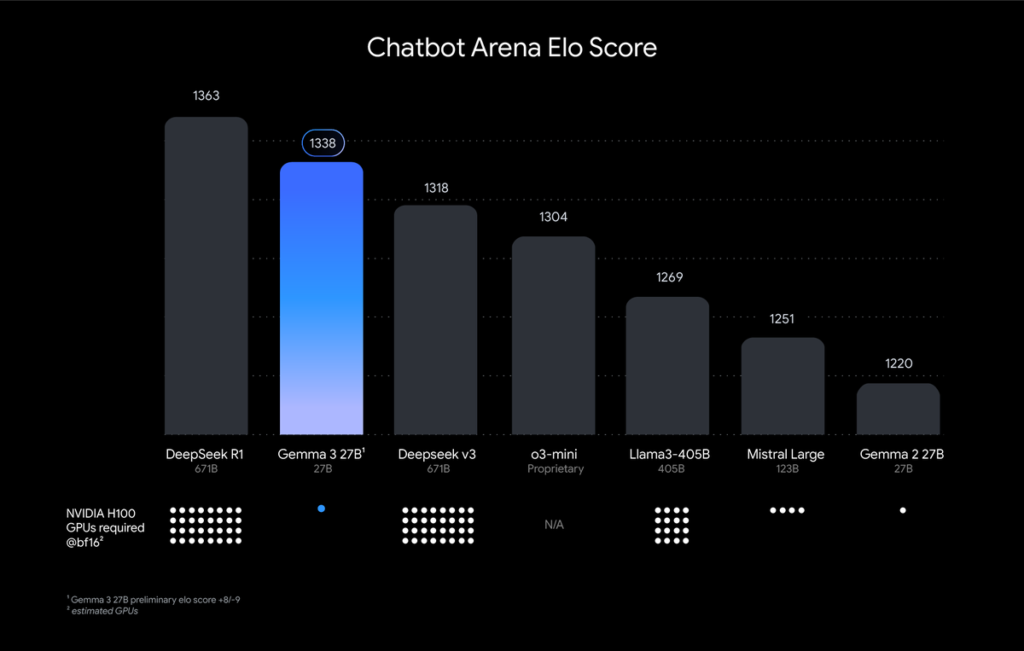Google has recently unveiled Gemma 3, the latest iteration in its series of lightweight, open AI models designed for efficient on-device performance. Building upon the advancements of the Gemini 2.0 models, Gemma 3 aims to empower developers to create AI applications that run seamlessly across a variety of platforms, from smartphones to workstations.
Key Features of Gemma 3
| Feature | Description |
|---|---|
| Multimodal Processing | Capable of handling both text and visual inputs, allowing for versatile applications such as image captioning and visual content analysis. |
| Extended Context Window | Supports a 128k-token context window, enabling the processing of extensive documents and facilitating more coherent long-form content generation. |
| Language Support | Pre-trained to understand and generate content in over 140 languages, making it highly adaptable for global applications. |
| Model Variants | Available in four sizes—1B, 4B, 12B, and 27B parameters—to cater to diverse computational resources and application requirements. |
| Enhanced Reasoning Abilities | Improved capabilities in mathematical computations, coding tasks, and complex reasoning, enhancing its utility in specialized domains. |
Performance and Efficiency
One of the standout claims about Gemma 3 is its ability to deliver high performance while operating on a single GPU or TPU. Google asserts that Gemma 3 surpasses other models in its size class, making it ideal for applications where computational resources are limited.

Deployment Flexibility
Gemma 3 offers significant flexibility in deployment:
- On-Device Execution: Designed to run efficiently on devices ranging from mobile phones to laptops, enabling low-latency AI applications without relying heavily on cloud infrastructure.
- Cloud Integration: For applications requiring more computational power, Gemma 3 can be deployed via cloud platforms like Google Cloud’s Vertex AI, facilitating easy scaling and integration into existing workflows.

Use Cases and Applications
The versatility of Gemma 3 opens up a wide array of potential applications:
- Content Creation: Assists in generating articles, reports, and creative writing by understanding and maintaining context over long passages.
- Language Translation: Its extensive language support makes it suitable for developing translation tools and multilingual communication platforms.
- Educational Tools: Enhanced reasoning and mathematical capabilities can be leveraged to create intelligent tutoring systems and educational content generators.
Frequently Asked Questions (FAQ)
Q1: What distinguishes Gemma 3 from its predecessors?
A1: Gemma 3 introduces multimodal processing, an extended 128k-token context window, support for over 140 languages, and enhanced reasoning abilities, marking significant improvements over earlier versions.
Q2: How does Gemma 3 perform on limited hardware?
A2: Gemma 3 is optimized to run efficiently on single GPUs or TPUs, making it accessible for applications with constrained computational resources.
Q3: Can Gemma 3 be fine-tuned for specific applications?
A3: Yes, developers can fine-tune Gemma 3 models to cater to specific domains or tasks, enhancing its performance for particular applications.
Q4: Is Gemma 3 suitable for real-time applications?
A4: Given its design for efficient on-device execution, Gemma 3 is well-suited for real-time applications that require quick response times.
Q5: How does Gemma 3 handle content safety?
A5: Gemma 3 incorporates the ShieldGemma 2 image safety classifier to filter explicit or violent content, ensuring safer outputs.
Conclusion
Gemma 3 represents a significant advancement in the realm of lightweight AI models, offering a blend of performance, versatility, and accessibility. Its ability to operate efficiently across various devices while supporting a wide range of languages and applications positions it as a valuable tool for developers aiming to integrate AI into diverse environments.